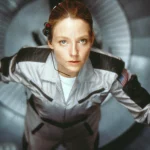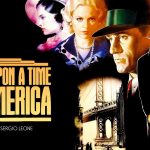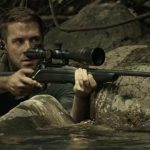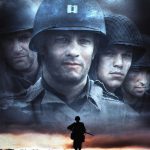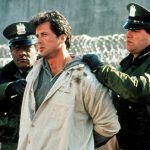🎬 Full Metal Jacket (1987): War and the Human Condition
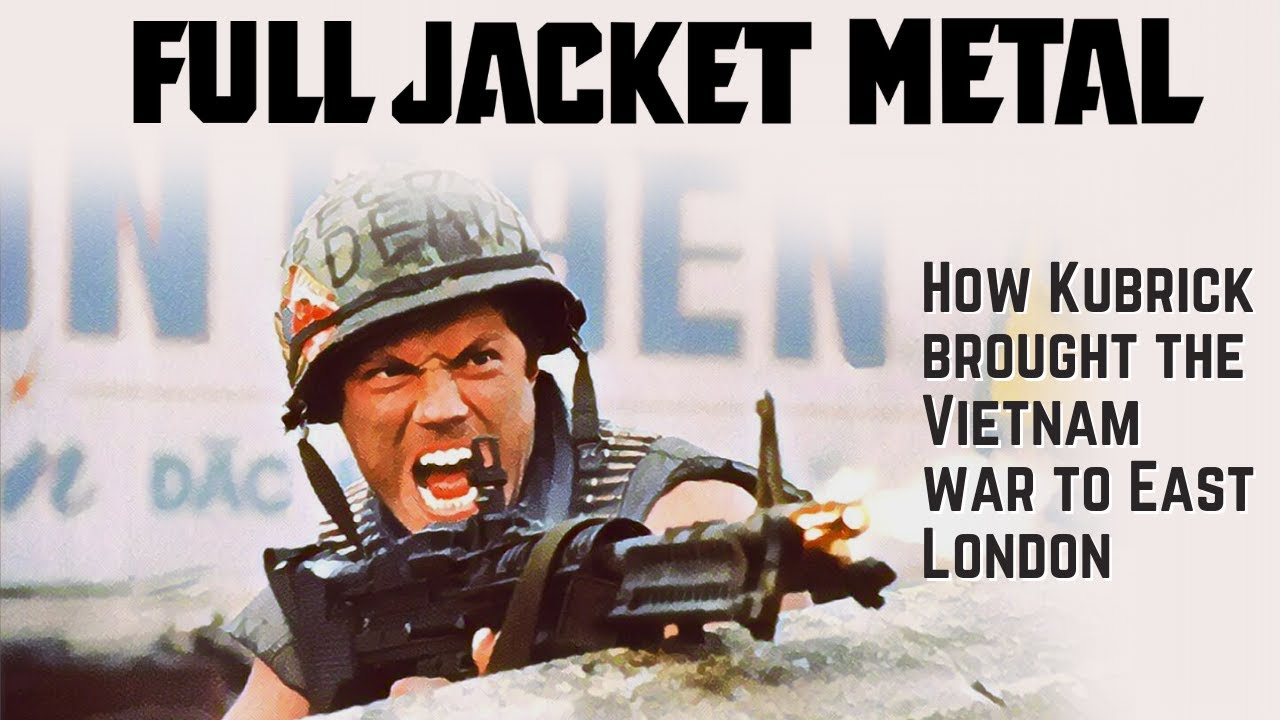
Director: Stanley Kubrick
Genre: War, Drama
Starring: Matthew Modine, R. Lee Ermey, Vincent D’Onofrio
Plot Overview
Stanley Kubrick’s Full Metal Jacket is a profound exploration of the dehumanizing effects of war, presented in two distinct acts. The film begins with Marine recruits undergoing brutal training under the relentless drill instructor, Gunnery Sergeant Hartman. Among them, Private Leonard “Gomer Pyle” Lawrence endures intense humiliation, which ultimately pushes him toward a tragic breaking point.
The second half transports viewers to the Vietnam War, focusing on Private “Joker” Davis, now a combat correspondent. Through Joker’s lens, the film reveals the chaos and moral ambiguity of warfare, culminating in a devastating battle in the ruined city of Hue. This shift from rigid discipline to the horrors of combat illustrates how war transforms individuals.
Themes
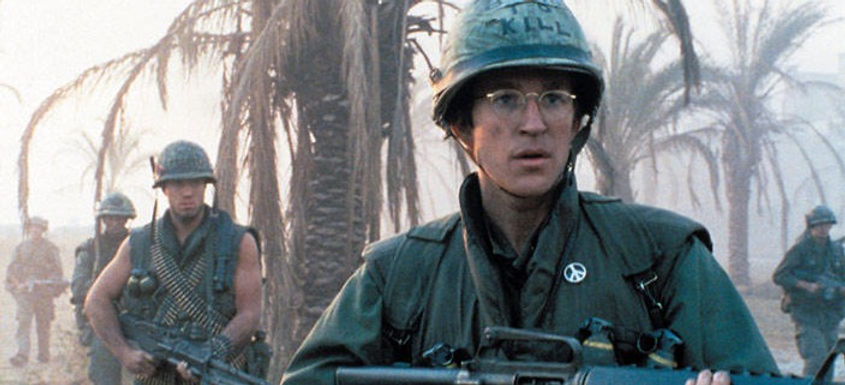
Kubrick delves deeply into:
- Dehumanization: The film portrays how military training strips individuals of their humanity, reshaping them into instruments of war.
- Duality of Man: Joker’s helmet, adorned with “Born to Kill” and a peace symbol, symbolizes the conflict between violence and humanity.
- War’s Psychological Toll: From Pyle’s breakdown to the soldiers’ desensitization in combat, the film examines war’s impact on mental health.
Notable Scenes
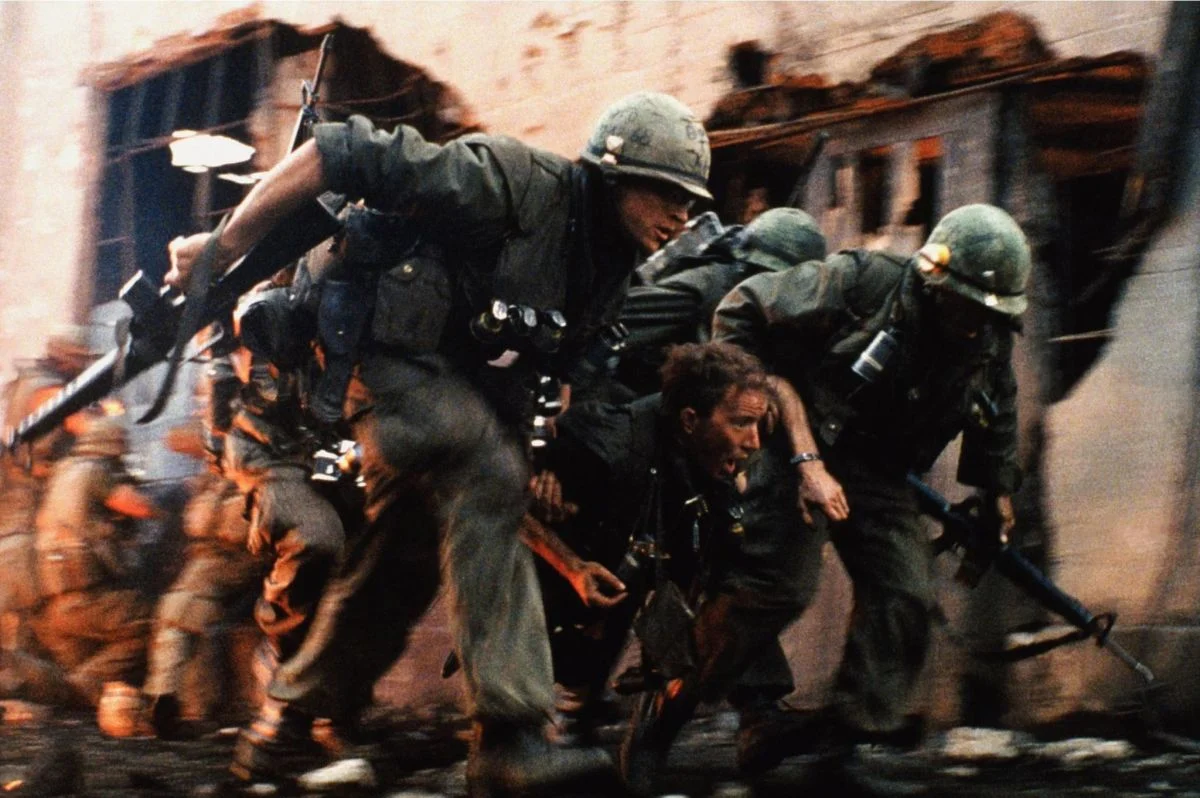
- Gunnery Sergeant Hartman’s Opening Speech: A relentless display of verbal and psychological abuse, setting the tone for the recruits’ journey.
- Pyle’s Transformation: His descent into madness during training, ending in a chilling confrontation in the barracks.
- Sniper Showdown in Hue: A tense sequence highlighting the moral complexities and horrors of warfare.
Legacy
Full Metal Jacket remains a landmark in war cinema, praised for its unflinching realism and philosophical depth. R. Lee Ermey’s iconic performance as Hartman and Kubrick’s meticulous direction have cemented the film’s place as a critical and cultural touchstone.
Would you like a deeper analysis of any specific aspect of the film?
